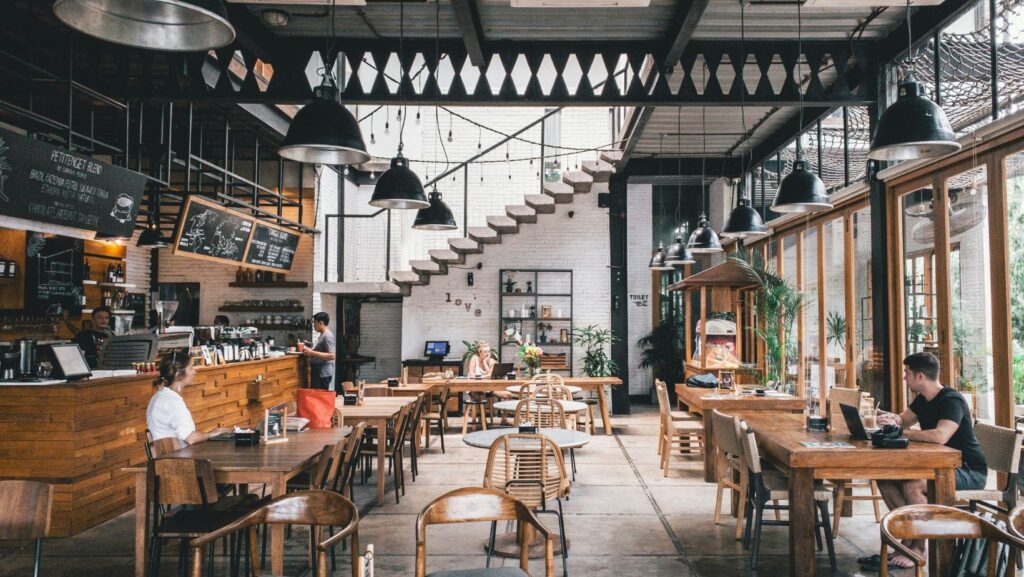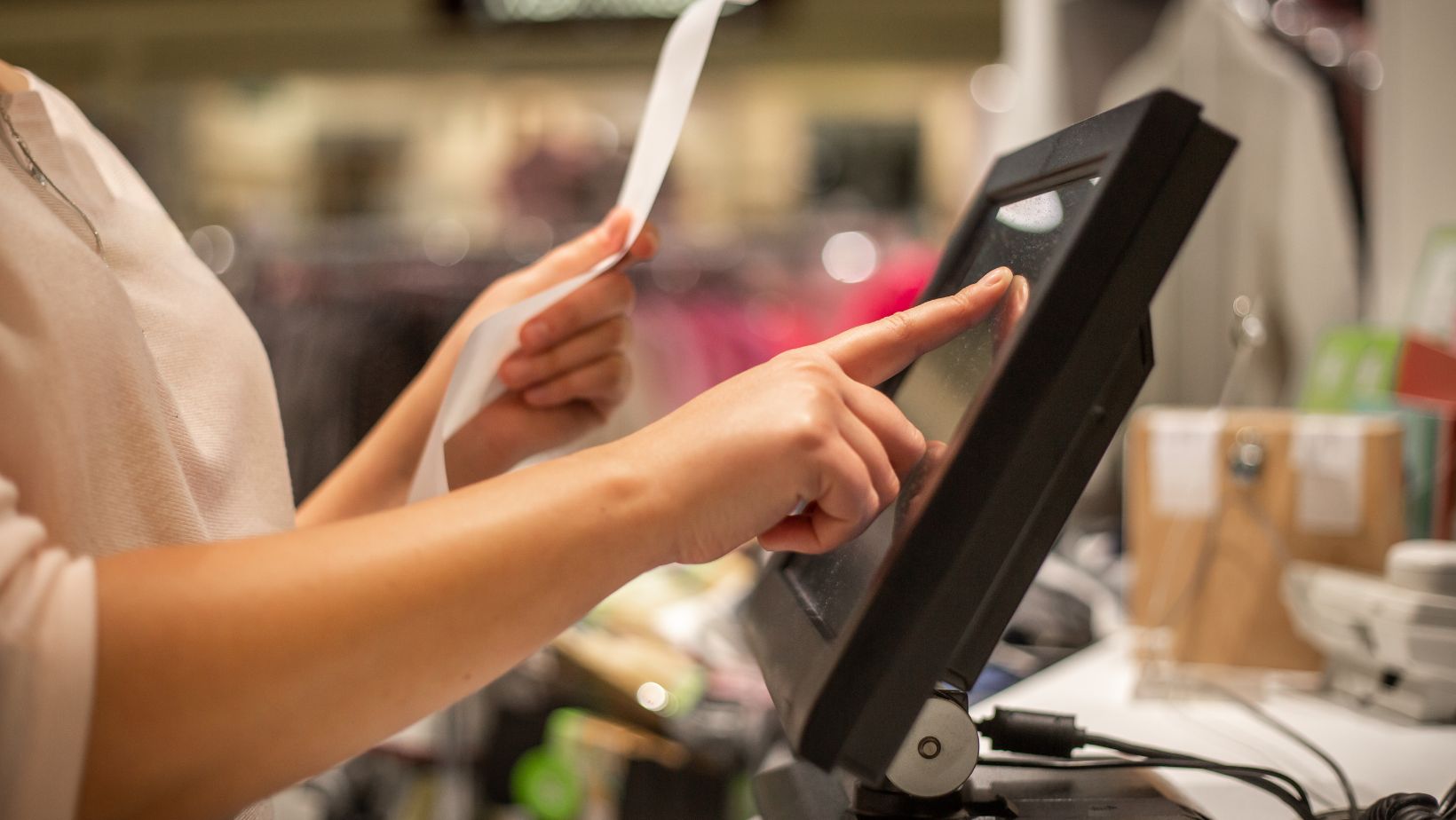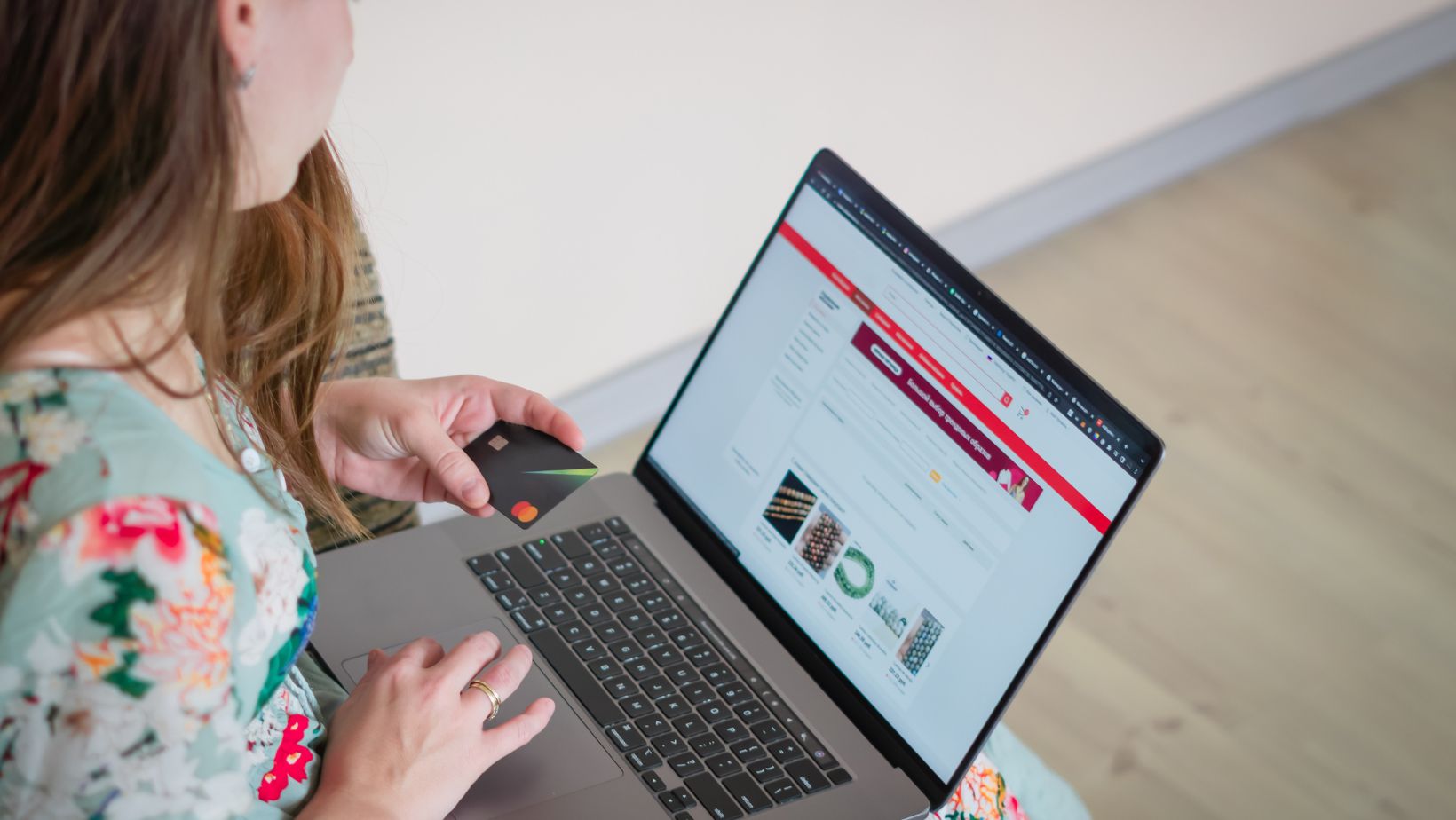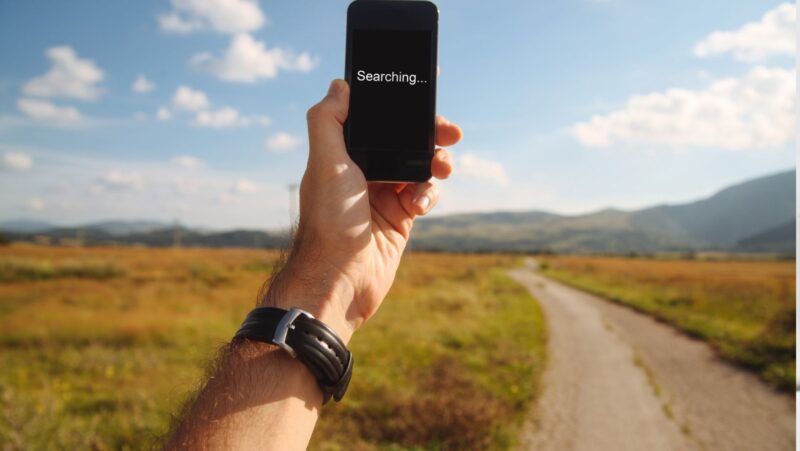
Running a restaurant is a complex operation that requires juggling multiple moving parts. From taking orders and managing inventory to training staff and ensuring a great customer experience, restaurant owners and managers face constant challenges. Fortunately, modern technology offers powerful solutions to simplify operations, reduce inefficiencies, and ultimately boost profitability.
In today’s fast-paced and competitive food service environment, streamlining your restaurant’s processes is no longer optional—it’s essential. By leveraging the right tech tools, you can improve speed, consistency, and visibility across all areas of your business. This article explores the key technologies that help restaurants run more efficiently, with a special focus on point-of-sale (POS) systems.
Digitize and Automate Ordering
One of the most critical steps in optimizing your restaurant’s operations is to digitize your ordering process. Manual order-taking, whether on paper or verbally, often leads to mistakes, lost tickets, and slower service.
Digital ordering systems allow staff to input orders via tablets or mobile devices that instantly relay the information to the kitchen. This speeds up service and reduces human error, improving the overall customer experience.
Some restaurants also offer self-service kiosks or tableside ordering, allowing guests to browse the menu and customize their orders without waiting for a server. Not only does this reduce labor costs, but it also empowers customers to control their own dining experience.
Simplify Front and Back-of-House Communication
Smooth communication between the front and back of the house is essential for fast and accurate service. Technology can bridge gaps in communication and reduce friction during busy shifts.
Kitchen display systems (KDS) replace paper tickets with digital screens that show orders in real time. This allows kitchen staff to prioritize tasks efficiently and avoid confusion caused by unclear handwriting or missing tickets. When integrated with a POS system, KDS can also track prep times and performance metrics.
Use POS Systems to Centralize Operations
A modern POS system is more than just a way to process transactions. It’s the operational hub of a restaurant, consolidating multiple systems into one platform. The right POS system can help you manage sales, track inventory, schedule employees, and gather valuable business insights.
The Gloria Food restaurant POS system is an excellent choice for restaurants looking to streamline their operations. This cloud-based solution provides real-time access to data and integrates seamlessly with online ordering, inventory management, and kitchen operations. With the Gloria Food restaurant POS system, you can make informed decisions based on accurate, up-to-date information.
Key features of the Gloria Food system include real-time reporting, menu management, staff performance tracking, and remote access to sales data. Its intuitive interface is easy for staff to learn, which minimizes training time and ensures consistency in service.
Optimize Inventory Management
Inventory is one of the biggest costs in the restaurant business, and poor inventory management can lead to waste, theft, or stockouts. Technology offers solutions that track inventory usage in real-time, automate ordering processes, and provide insights into purchasing trends.
Inventory software that integrates with your POS system allows you to know exactly what’s in stock and what needs to be reordered. You can set alerts for low inventory levels, monitor food waste, and calculate food cost percentages to maintain profitability.
Improve Staff Scheduling and Labor Management
Employee scheduling can be time-consuming and prone to errors. Modern scheduling software automates this process by creating optimized schedules based on availability, labor laws, and forecasted demand.
With integrated labor tools, managers can track hours, breaks, and overtime while employees can clock in and out digitally. Some platforms also offer performance insights, helping managers identify top performers and areas for training.
Reduce Wait Times with Online Ordering and Reservations
Technology has changed the way customers interact with restaurants. Online ordering systems allow guests to place pickup or delivery orders directly through your website or app. This helps you capture sales beyond your physical location and increases order accuracy.
Reservation systems also streamline the customer experience by allowing diners to book tables online, receive reminders, and even join virtual waitlists. These tools reduce no-shows, increase table turnover, and improve overall satisfaction.
Use Data and Analytics to Drive Decisions
Data is a powerful tool for making smart business decisions. Technology gives you access to analytics that reveal customer preferences, peak business hours, bestselling menu items, and more. This insight helps you optimize menus, adjust staffing, and tailor promotions.
Your POS system should provide dashboards and reports that break down key performance indicators. With this information, you can track your progress toward goals and identify areas for improvement. Data-driven decisions lead to better efficiency and profitability.
Enhance Customer Engagement with Loyalty Programs
Repeat customers are essential to restaurant success. Digital loyalty programs help you reward regulars and encourage repeat visits. By tracking customer data, these systems allow you to personalize promotions and create offers that resonate.
You can integrate loyalty programs with your POS system, making it easy for staff to enroll customers and apply rewards at checkout. This strengthens relationships and increases customer retention.
Embrace Contactless Payments and Mobile Tech
In the post-pandemic world, contactless service has become a customer expectation. Mobile payment options such as Apple Pay, Google Pay, and QR code payments allow guests to settle their bills quickly and safely.
In addition, mobile ordering at the table reduces wait times and boosts turnover. Whether customers are paying at the counter or through their smartphones, offering convenient options improves the overall dining experience.












